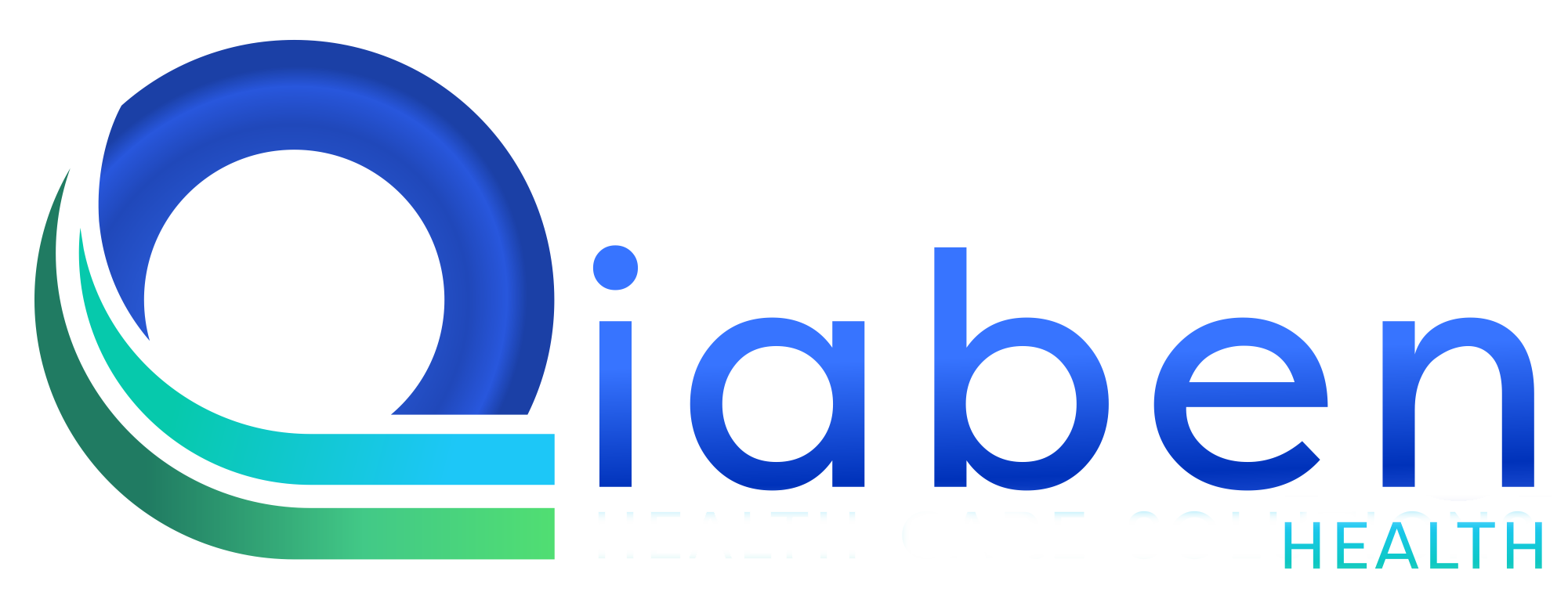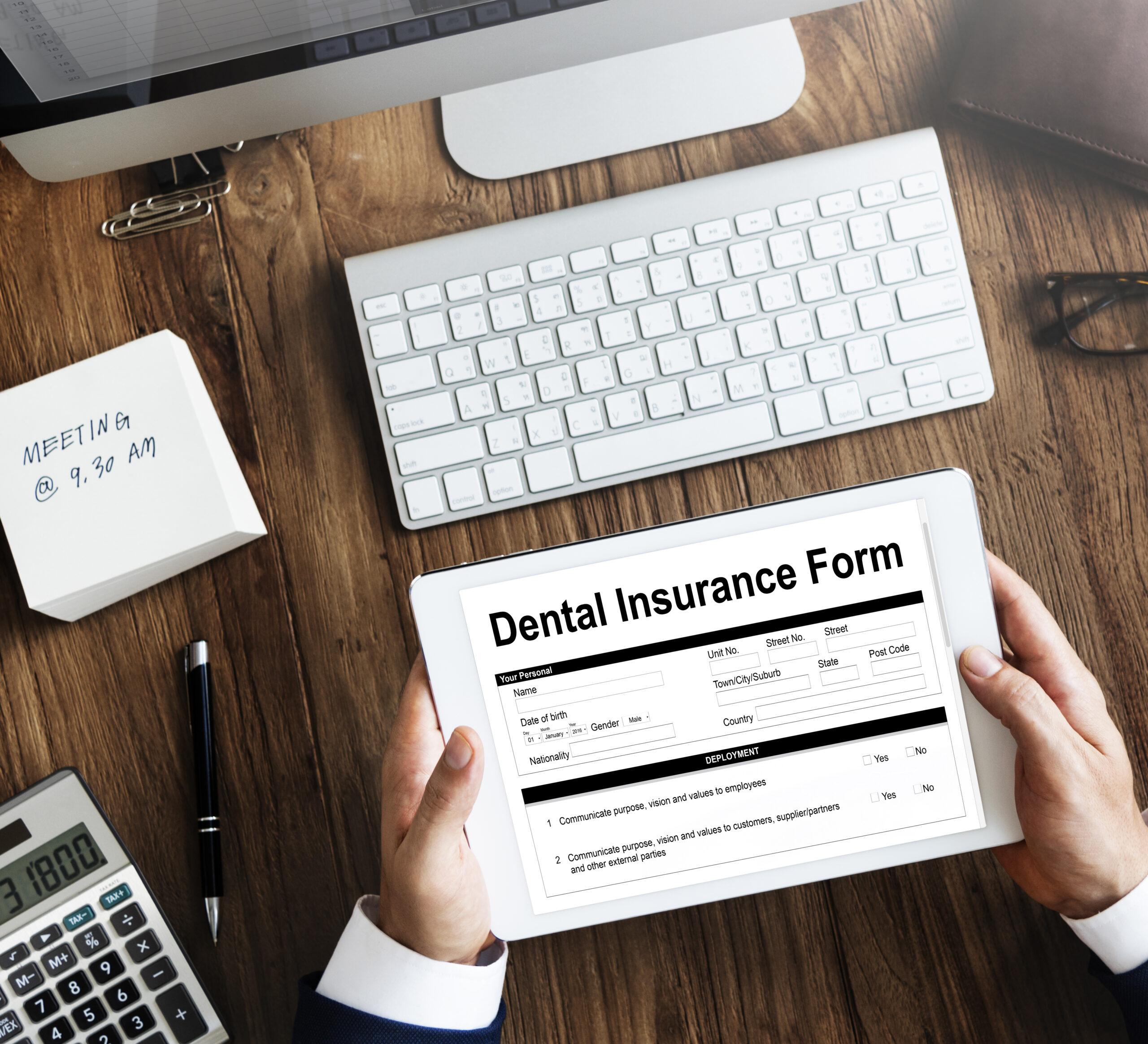Boost Your Bottom Line: Little-Known Secrets to Dental Billing Profitability
Introduction
The dental billing process mainly focuses on patient care, yet the revenue side is also more important. Unexpectedly small errors can cause a major impact. Refining billing ideas will change major success.
In this blog, we’ll uncover little-known yet highly effective secrets to maximize your dental billing revenue.

1. Master the art of precise coding.
The wrong and expired coding is the most important for claims denials. Sometimes minor mistakes can cause major issues like delay and rejections.
Tip:
Stay updated on the latest CDT codes to avoid using outdated ones.
Use detailed documentation to justify complex procedures, ensuring accurate reimbursement.
Why it matters:
By properly coding every procedure, you prevent underbilling and reduce the risk of denials, both of which directly impact your bottom line.
2. Leverage Technology for Faster Payments
Stop using the manual billing process; it will lead to a slow process and loss of money. Sticking to advanced technology will increase the speed of the process and increase revenue.
Consider this:
Switch to electronic claims submission to reduce processing time.
Use real-time eligibility verification tools to confirm patient coverage before procedures.
The result?
Faster claims processing means quicker payments and fewer rejections.
3. Streamline Insurance Verification
Billing delays are frequently brought on by inaccurate insurance information. While it might seem basic, thorough verification is often overlooked.
How to improve:
Before each appointment, verify eligibility for insurance. Double-check coverage limits and co-pay details to avoid surprises.
Why it matters:
When you have accurate insurance information upfront, you reduce claim errors, which translates into fewer delays and more consistent cash flow.
4. Optimise Fee Schedules and Write-Off Policies
Most of the dental practices fail to follow the latest updates of fees. Expired fees can lead to underpricing for services.
Actionable steps:
Review fee schedules annually to ensure they reflect current market rates.
Minimise unnecessary write-offs by carefully reviewing adjustments before approving them.
The effect: Optimising fees ensures you’re charging what your services are truly worth, increasing your overall profitability.
5. Denied Claims With Aggression:
Denial claims aren’t the end, so many billing practices face more claim denials because they don’t follow proper rules.
Key tips:
Assign a dedicated team member to track and appeal denied claims.
When resubmitting claims, use detailed documentation and evidence to back them up. The benefit:
By consistently appealing denied claims, you recover revenue that would otherwise be lost.
6. Implement Payment Plans for Patients:
Patients with a major amount of cash may face delayed payments. So focus on easy plans; they will pay faster and they will improve your revenue.
Best practices:
For convenience, set up recurring payments that are automated. Make sure the plan’s terms are laid out in detail to avoid misunderstandings and late payments. Why this works:
Payment plans reduce the risk of unpaid bills while maintaining strong patient relationships.
7. Prioritise Staff Training and Accountability
Your practice’s financial success is largely dependent on the work of its billing team. However, without proper training, they may overlook revenue opportunities.
How to enhance training:
Provide regular billing and coding workshops.
Use performance metrics to track and reward billing efficiency.
The payoff:
Errors are caught early by a well-trained team, lowering the number of denied claims and increasing revenue.
Conclusion:
Improving your dental billing profitability doesn’t always require massive changes. Often, small but strategic adjustments can make a huge difference. Your practice’s revenue will rise noticeably if you improve coding accuracy, streamline insurance verification, and appeal denied claims.








